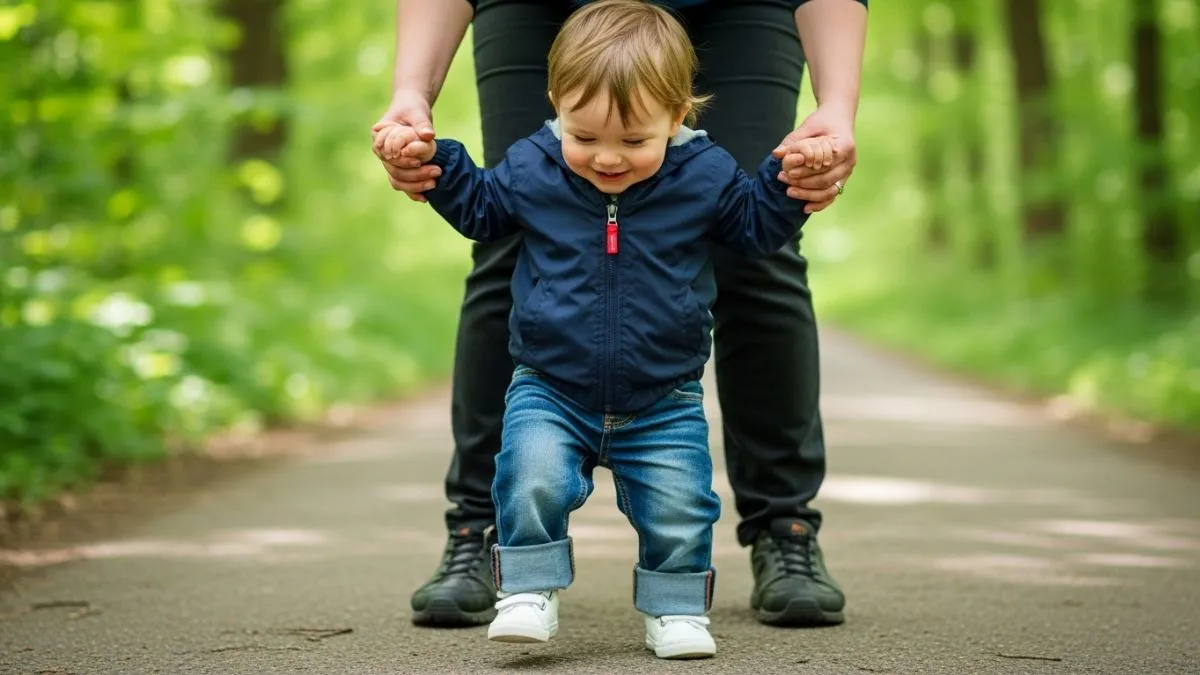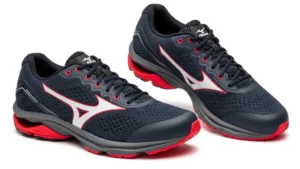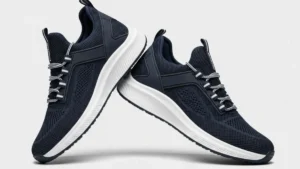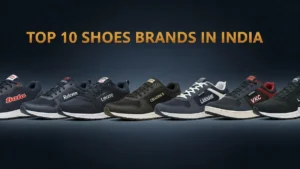
Why First Walking Shoes Matter
How Early Walking Impacts Foot Growth
The first walking shoes can shape your baby’s foot health for years. Poorly fitted shoes can restrict natural toe spread, alter walking posture, and slow motor skill development. Pediatric studies show that babies in correctly fitted, flexible shoes have better balance and stronger arch development in the first year of walking.
When a baby starts walking, their feet are still mostly soft cartilage. This means the right shoe should mimic barefoot movement while protecting from hazards. A 2019 American Academy of Pediatrics report found that rigid soles limit muscle engagement, while lightweight, flexible shoes encourage natural gait. Adding a half-inch of toe space is recommended to prevent pressure on growing toes.
Risks of Wrong Shoe Choice
Choosing the wrong first shoes can cause pain and delay walking progress. Tight or stiff shoes can cause blisters, limit ankle mobility, and make it harder for babies to balance. Slippery soles increase fall risk, while heavy shoes tire small leg muscles quickly.
For example, shoes with thick, inflexible soles prevent babies from feeling the ground, which is crucial for developing coordination. In a 2021 pediatric gait study, babies in stiff shoes took shorter, unsteady steps compared to those in soft, flexible footwear. Long-term use of poor-fitting shoes can also lead to toe deformities like overlapping or curled toes.
Key Features to Look For
Correct Sizing and Fit
A well-fitted shoe protects growing feet and supports steady steps. Too tight and it causes blisters; too loose and it risks trips and falls. Experts recommend a thumb’s width of space at the toe and a snug heel grip to keep the shoe in place without restricting movement.
Always measure both feet, as one is often slightly larger. Measure in the afternoon when feet are at their fullest size. Brands vary in sizing, so don’t rely on age-based charts alone. Instead, check the manufacturer’s foot length guide and match it to your baby’s measurements.
Flexible Yet Supportive Sole
The best first shoes bend easily but still protect from sharp objects. Stiff soles limit muscle use, while overly soft ones fail to shield from rough ground. Look for shoes you can bend at the ball of the foot but not fold in half.
Rubber soles with light tread offer grip without bulk. Avoid thick foam soles, which may feel comfortable but reduce ground feedback. Test flexibility by pressing the toe and heel together—if it bends easily, it’s a good sign.
Breathable Materials for Comfort
Breathable fabrics keep baby’s feet cool and dry. Overheating causes discomfort and increases sweat, which can lead to slipping inside the shoe. Mesh, canvas, and soft leather are excellent choices for airflow.
Avoid synthetic, non-porous materials, as they trap heat and moisture. If shoes have a lining, ensure it’s soft and moisture-wicking to prevent irritation.
Lightweight Design for Stability
Light shoes help babies walk longer without tiring. Heavy footwear can strain small leg muscles and throw off balance. The lighter the shoe, the more natural the steps will feel.
A good test is to hold the shoe in one hand—if it feels almost weightless, it’s right for early walkers. Pair lightness with a secure fit to prevent the shoe from slipping off.
You Might Also Like: THERUNNINGPOST
Best Baby Walking Shoes for Girls
Stride Rite Soft Motion (Best Overall Choice)
Stride Rite Soft Motion shoes offer flexibility, support, and excellent grip, making them ideal for first walkers. The rounded edges help prevent tripping, while memory foam insoles provide comfort for long wear. They’re available in multiple widths to ensure a precise fit for every baby.
Carter’s Every Step Stage 2 (Best Budget-Friendly Option)
Carter’s Every Step Stage 2 shoes give great value with sturdy soles and breathable materials at an affordable price. They have sensory pods on the outsole that help babies feel the ground, improving balance and coordination. The Velcro strap makes them easy to put on and adjust.
See Kai Run Stevie II (Best for Wide Feet)
See Kai Run Stevie II shoes are roomy without losing stability, making them perfect for wider baby feet. The flexible rubber sole allows natural foot movement, while the canvas upper keeps feet cool. They’re also machine washable for quick cleaning.
Robeez Soft Soles (Best for Indoors)
Robeez Soft Soles mimic barefoot walking while protecting from indoor hazards. They’re made of soft leather that moves with the foot and have elastic openings to stay on without tightness. Ideal for babies who are just starting to stand and take steps indoors.
Nike Flex Runner Baby (Best Sporty Style)
Nike Flex Runner Baby shoes combine athletic looks with baby-friendly comfort. The slip-on design makes them quick to put on, while the lightweight foam sole supports active steps. Elastic straps across the top keep the shoe secure during play.
How to Measure Your Baby’s Feet at Home
Tools You’ll Need
You’ll need a flat sheet of paper, a pencil, a ruler, and your baby’s bare feet. These simple tools let you measure foot length and width accurately without special equipment. Always measure on a flat surface for the most precise results.
A tape measure can also work for length, but a ruler provides more accuracy. If your baby wiggles a lot, ask someone to help hold them steady during the process.
Step-by-Step Measuring Guide
Place your baby’s foot on paper, trace it, and measure from heel to longest toe. Add a half-inch to this length for growing room. Repeat for both feet, as one foot is often slightly larger.
To measure width, mark the widest part of the foot tracing and measure across. Compare these measurements to the shoe brand’s size chart before buying.
When to Replace Baby Walking Shoes
Signs Your Baby Needs New Shoes
Replace your baby’s walking shoes when toes touch the front, soles wear down, or the shoe feels tight. Other signs include red marks after wearing or your baby tripping more often. These indicators mean the shoe no longer fits or supports properly.
Check every month for fit, as babies’ feet can grow fast. If the shoe’s sole is worn smooth, it can also reduce grip and increase fall risk, even if the size still fits.
Average Lifespan of First Shoes
Most baby walking shoes last 2–4 months before needing replacement. Growth spurts and active play wear them out quickly. On average, a baby’s foot grows half a size every 2–3 months during the first two years.
Some babies may outgrow shoes before they show signs of wear, while others may wear them down sooner due to outdoor use. Buying two pairs and rotating them can extend overall life.
Common Mistakes Parents Make
Buying Shoes Too Early
Putting shoes on before a baby walks can hinder natural foot and muscle development. Babies benefit from barefoot time to strengthen balance and coordination.
Shoes should only be introduced once they take consistent steps, mainly for outdoor protection. Using shoes too soon can also lead to incorrect sizing since feet grow rapidly before walking starts.
Choosing Style Over Comfort
Picking shoes for looks instead of fit can cause discomfort and walking delays. Fancy designs often come with stiff soles, tight toe boxes, or heavy materials. These limit movement and make walking harder.
Always check flexibility, weight, and interior comfort before considering style. A cute shoe is useless if it hurts your baby’s feet.
Ignoring Flexible Soles
Rigid soles block the foot’s natural bend and reduce ground feel, affecting stability. Babies need shoes that flex at the ball of the foot to walk confidently.
Test by bending the shoe — it should fold easily at the front, not in the middle. This flexibility helps mimic barefoot walking, which supports muscle growth.
Care and Maintenance Tips
Cleaning Methods for Different Materials
Clean baby walking shoes based on their material to keep them safe and fresh. Leather should be wiped with a damp cloth, canvas can be hand-washed with mild soap, and mesh benefits from spot cleaning. Avoid harsh chemicals that could irritate skin.
Always air-dry shoes instead of using heat, as high temperatures can shrink or warp them. For stubborn stains, use a soft brush and gentle cleaner designed for children’s footwear.
Storing Shoes to Maintain Shape
Store baby shoes in a cool, dry place to prevent damage and shape loss. Avoid crushing them under heavier items, as this can deform the toe box.
Stuffing shoes lightly with tissue paper helps them hold their shape. If storing for future use, keep them in a breathable bag rather than sealed plastic to prevent moisture buildup.
FAQs
Should Babies Wear Shoes Indoors?
Babies don’t need shoes indoors unless there’s a safety risk. Barefoot walking strengthens muscles, improves balance, and allows toes to grip surfaces naturally.
Soft socks or booties can be used if the floor is cold. Shoes indoors should be flexible and lightweight if worn for protection, not for foot development.
Can Walking Shoes Delay Natural Walking?
Poorly fitted or overly rigid walking shoes can slow natural walking. They may limit ankle movement and reduce ground feel, making balance harder.
Well-fitted, flexible shoes, however, support rather than hinder development. Always choose footwear that allows natural bending at the ball of the foot.
How Many Pairs Do I Need?
Two pairs of walking shoes are ideal — one for daily wear and one spare. Babies can get shoes wet, dirty, or worn out quickly.
Rotating pairs extends their lifespan and ensures you always have a clean set ready. If budget is tight, one quality pair is enough, but check fit monthly.




